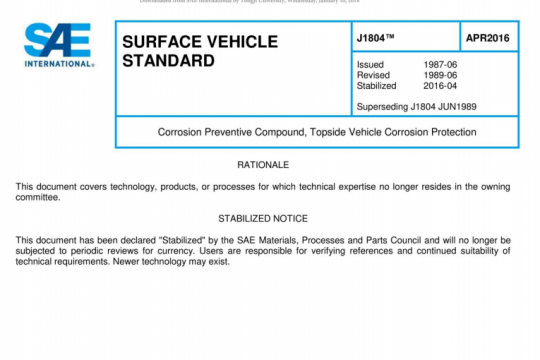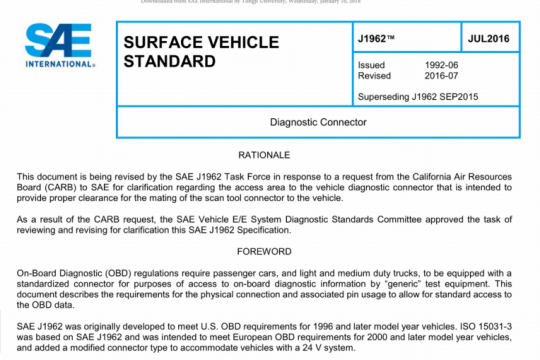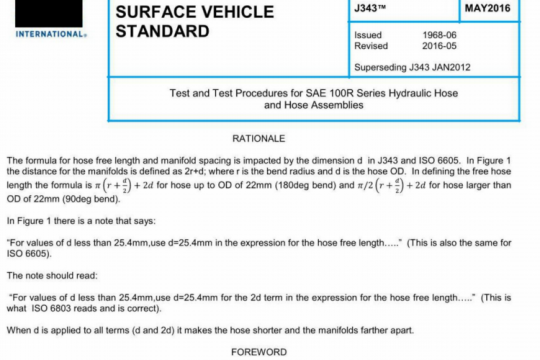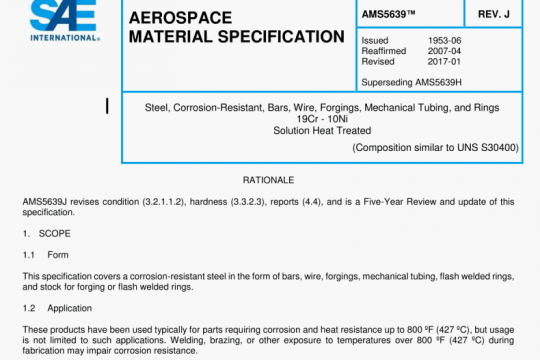SAE AS 3218C:2020 pdf free
SAE AS 3218C:2020 pdf free.(R) Gas Nitriding of Low-Alloy Steel Parts
This document specifies the procedure and requirements for gas nitriding low-alloy and tool steels by the use of raw or dissociated ammonia. Additional alloys and steel families (e.g., stainless steels) can also be nitrided using parameters acceptable to the cognizant engineering organization.
The nitriding process described herein has been used typically for producing a wear resistant and fatigue resistant surface on steel parts, but usage is not limited to such applications. This process only applies to gas nitriding. Other processes, such as salt bath nitriding per AMS2753, ion nitriding per AMS2759/8, automated gas nitriding controlled by nitriding potential per AMS2759/10, automated gas nitrocarburizing by potential per AMS2759/12 and gas nitrocarburizing per AMS2757, are not included.
In addition to those listed in AMS2759, the issue of the following documents in effect on the date of the purchase order forms a part of this specification to the extent specified herein. The supplier may work to a subsequent revision of a document unless a specific document issue is specified. When the referenced document has been cancelled and no superseding document has been specified, the last published issue of that document shall apply.
The depth shall meet the requirements of the engineering drawing. If the engineering drawing and/or purchase order specifies a case depth but does not specifically state that it is to be an effective case depth, total case depth, as defined below, shall apply. In cases where the engineering drawing or purchase order specifies post nitride surface removal (see ordering information), the reported case depth shall include the amount to be removed.
The total case depth shall be the depth of the continuous etching subsurface zone, determined metallographically from a section of the as-nitrided part or a control specimen prior to machining, or may be determined by a microindentation hardness traverse conducted in accordance with ASTM E384. On those alloys which do not respond by darker etching, the total case depth shall be the depth below the surface at which the hardness is 50 HK or 50 HV higher than the core below the nitride case, as determined by a Knoop or a Vickers hardness traverse respectively. The average of a minimum of three hardness readings taken at a minimum distance of 2X the case depth shall be used to determine the core hardness below the case.SAE AS 3218C pdf free download.




